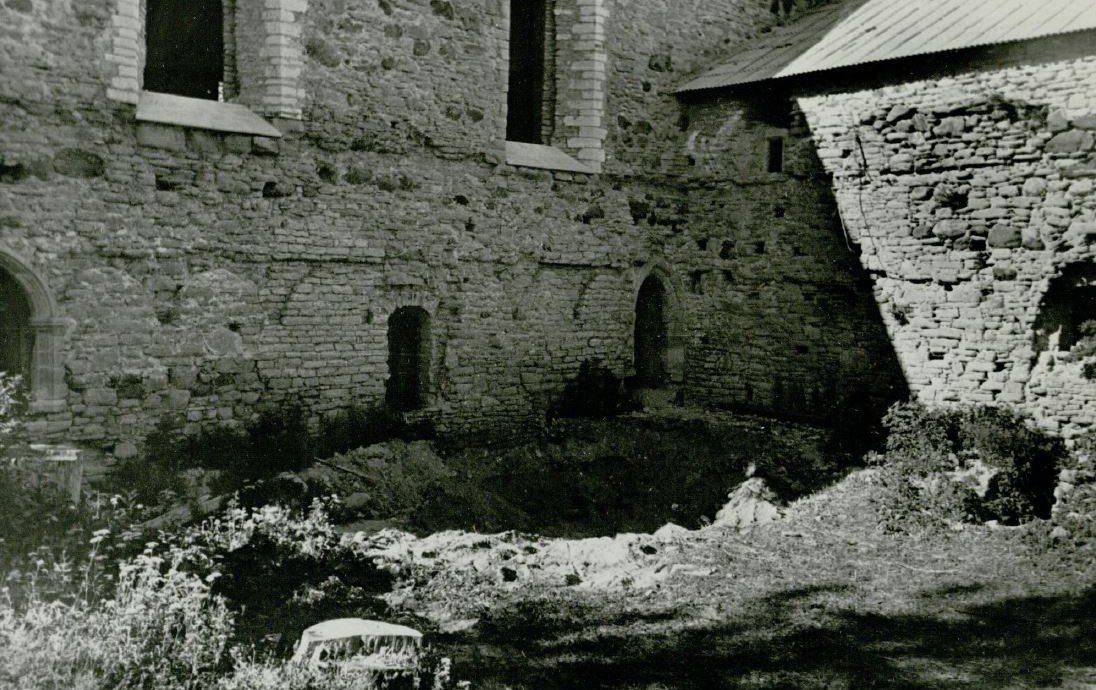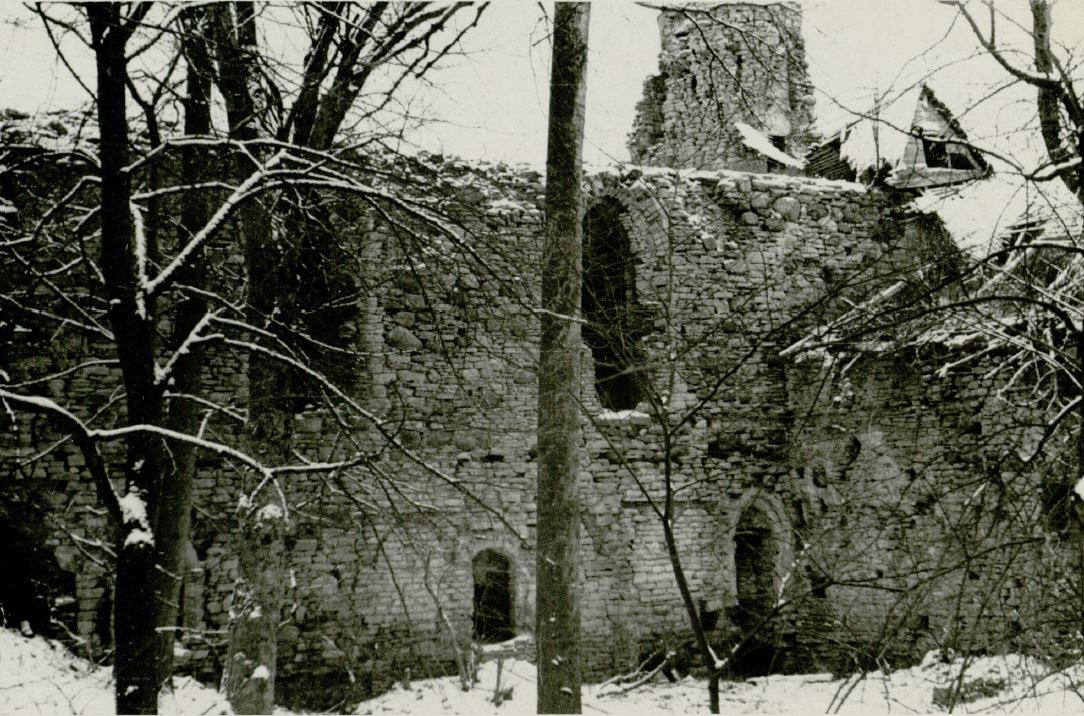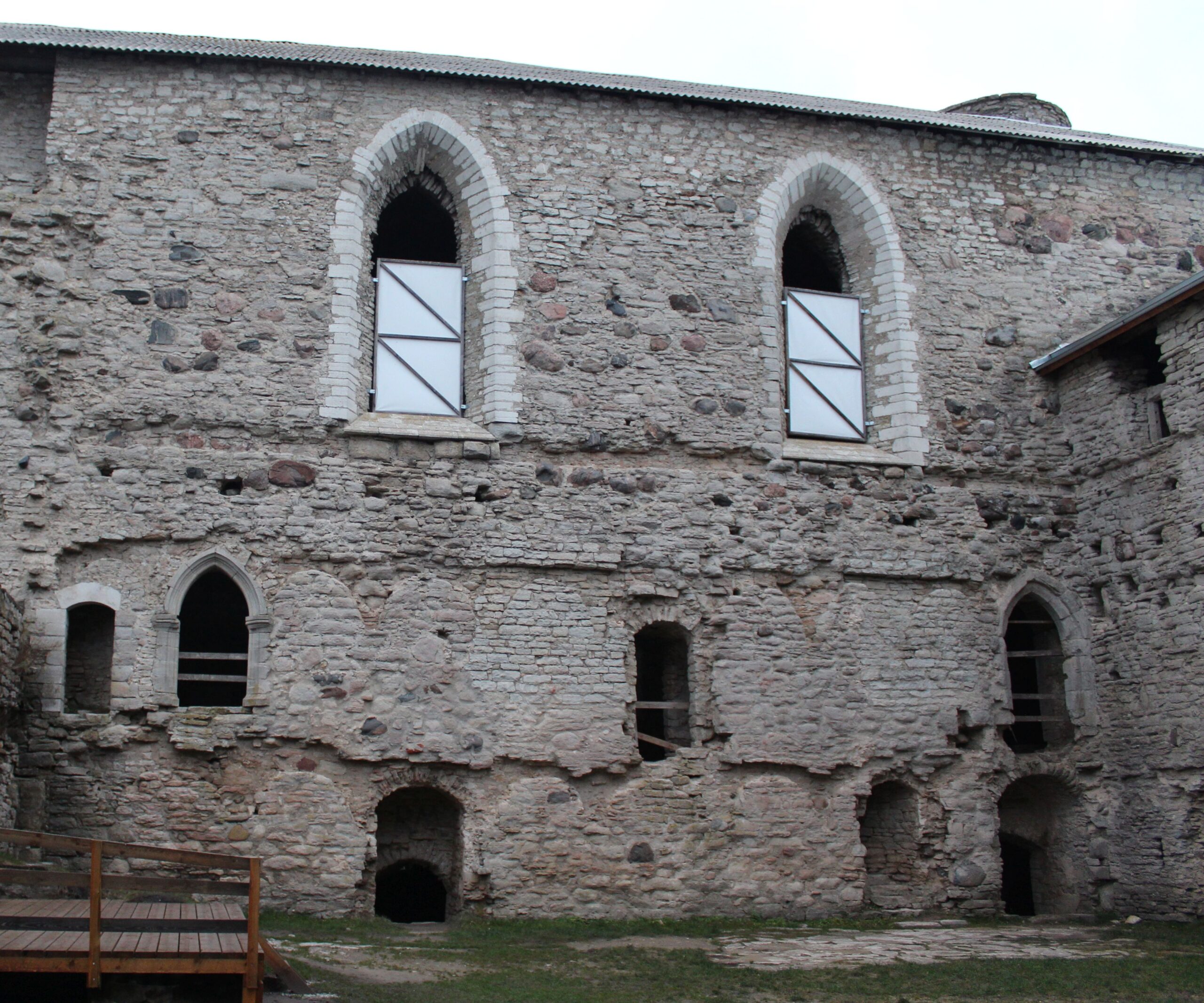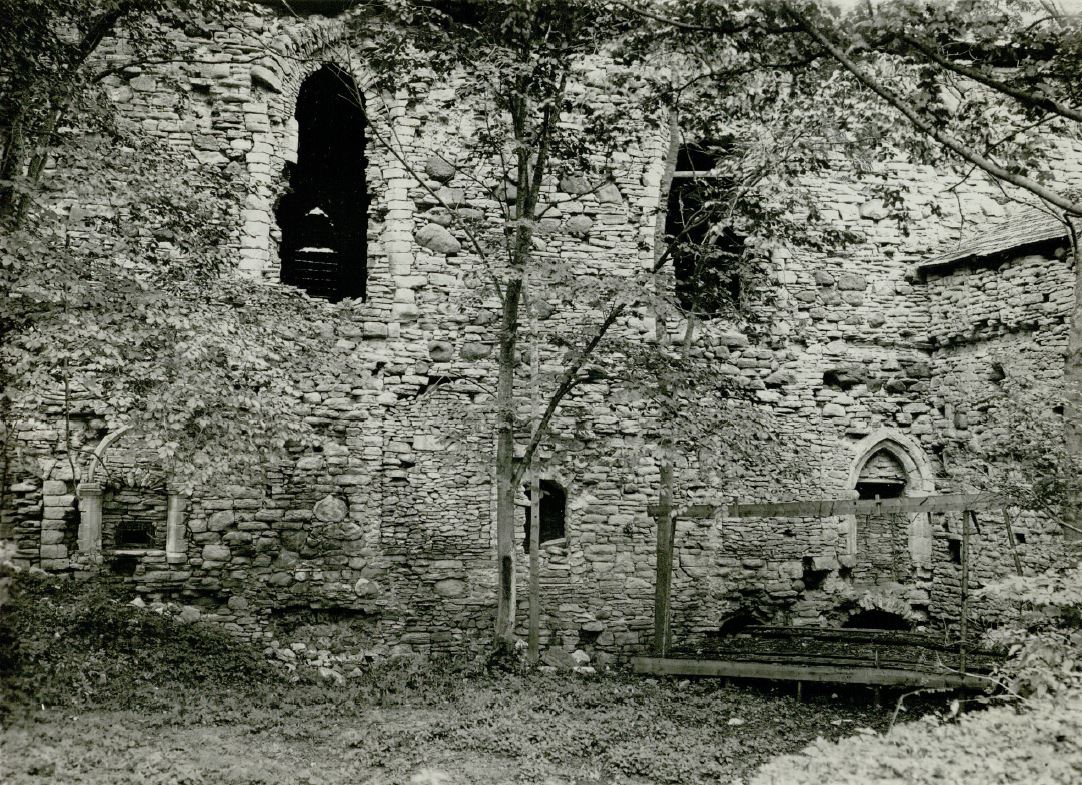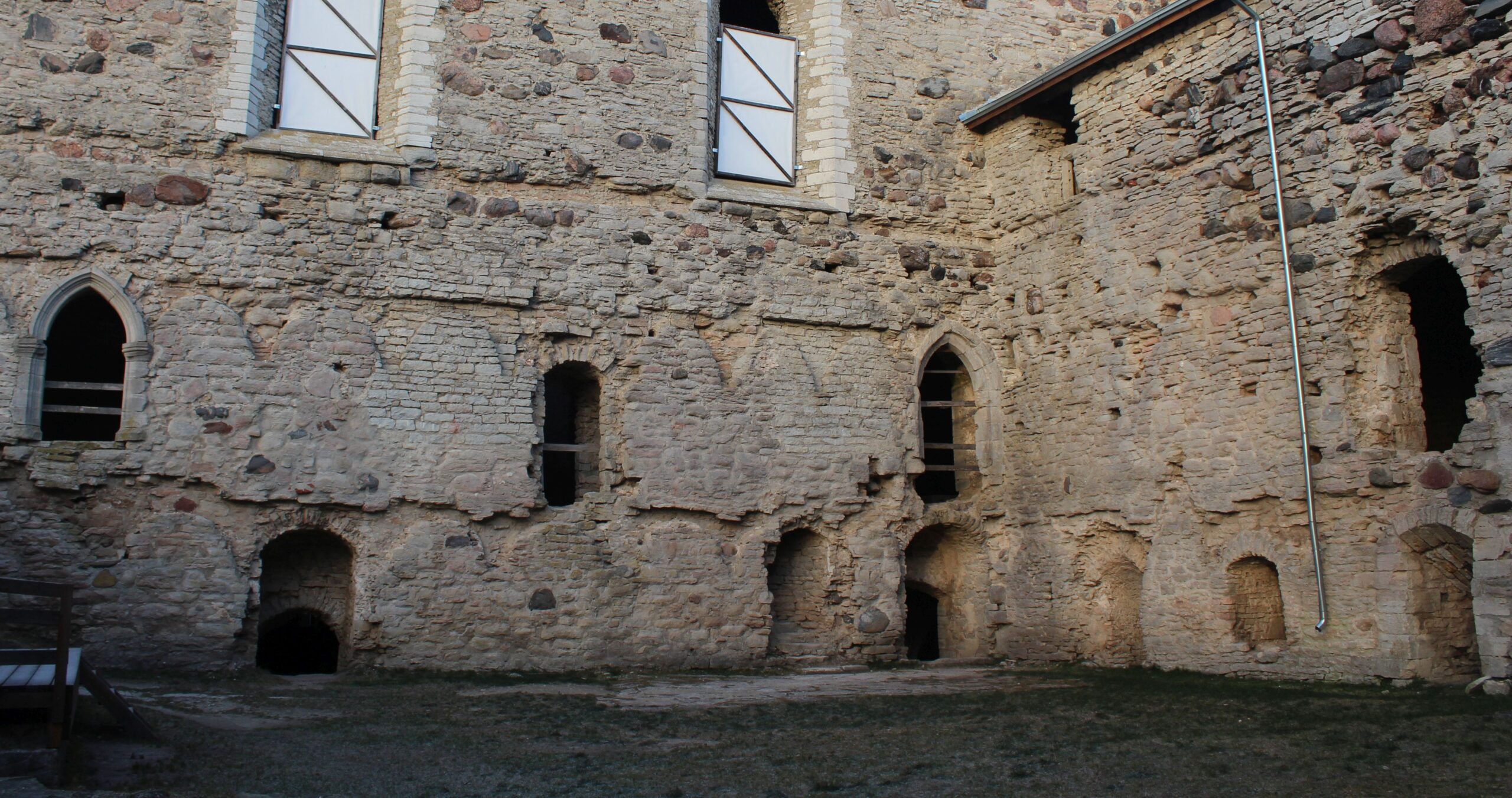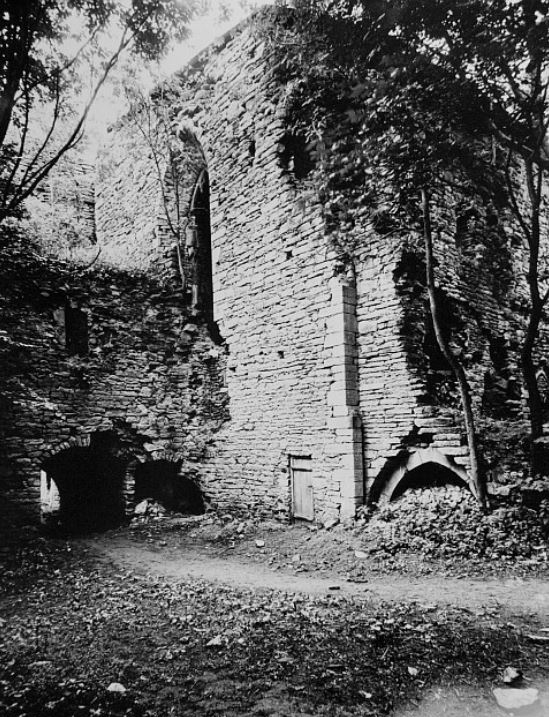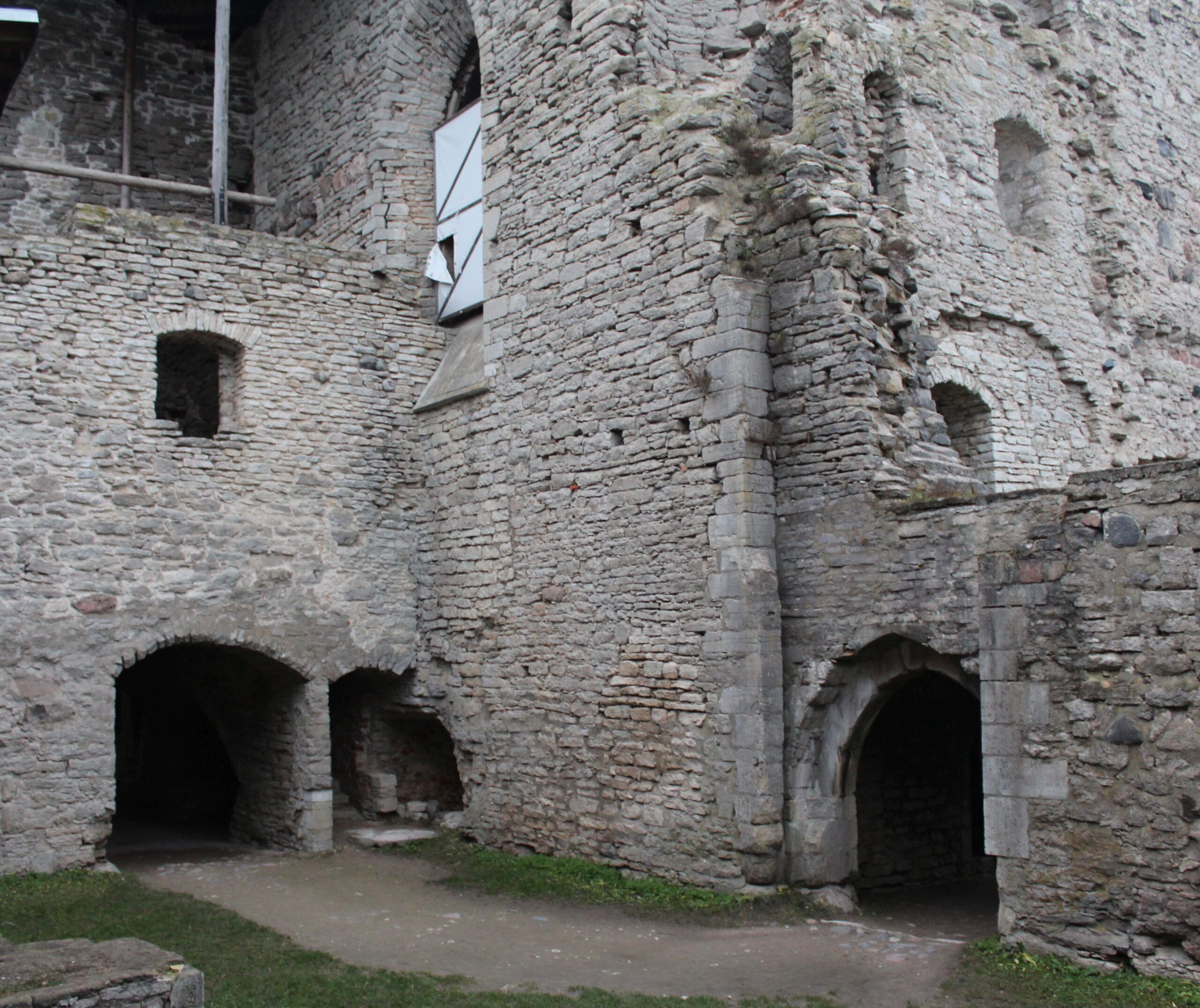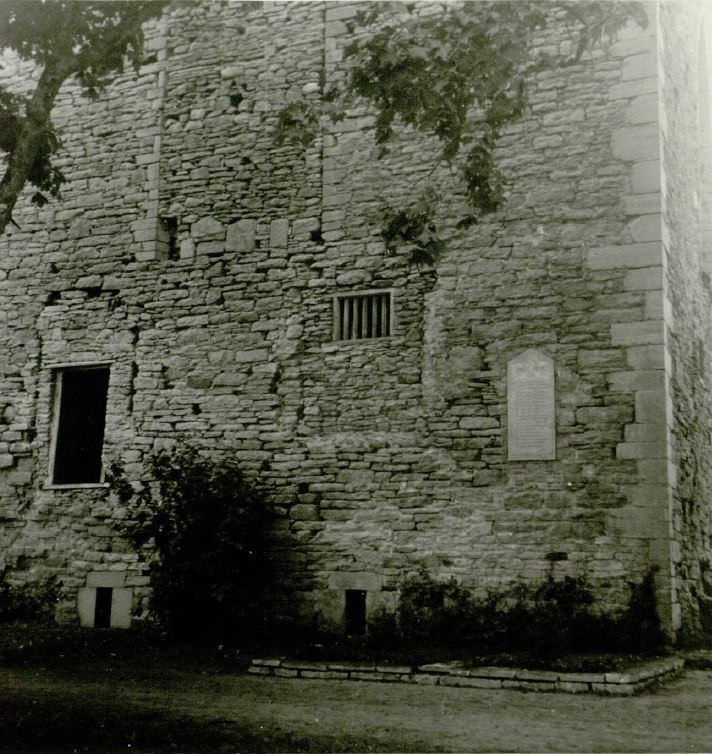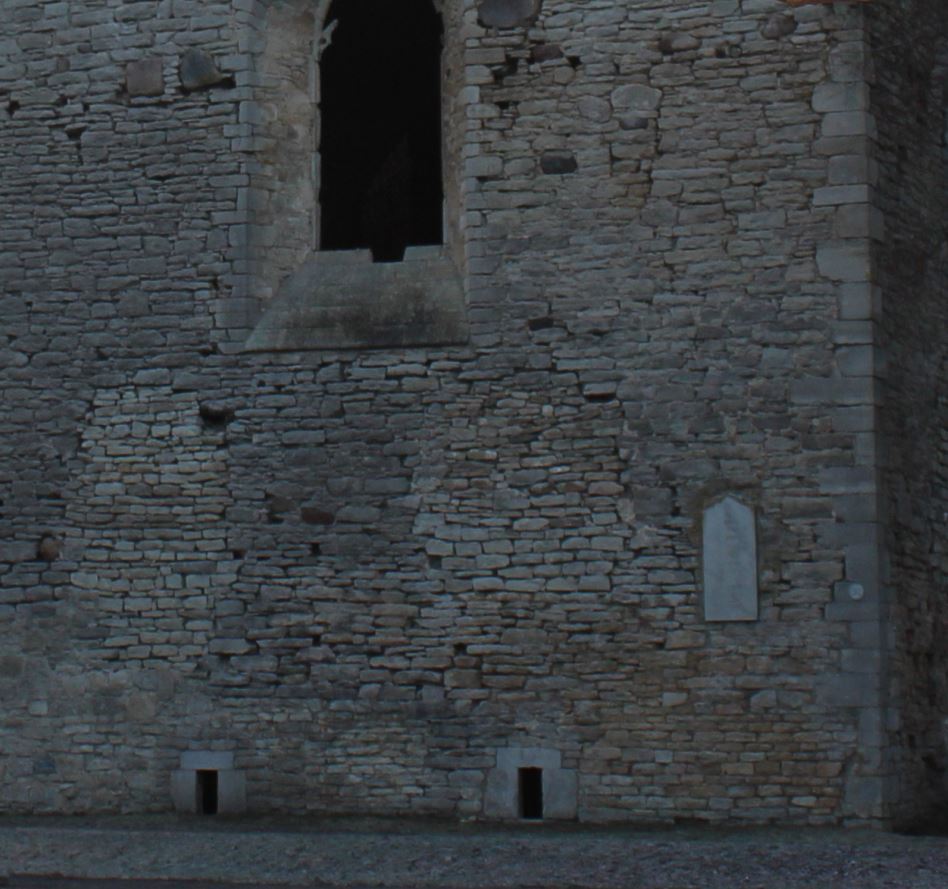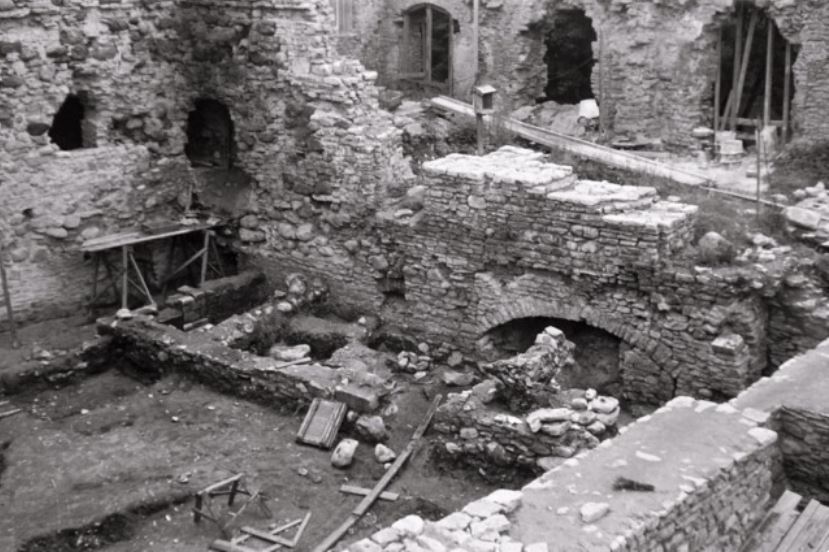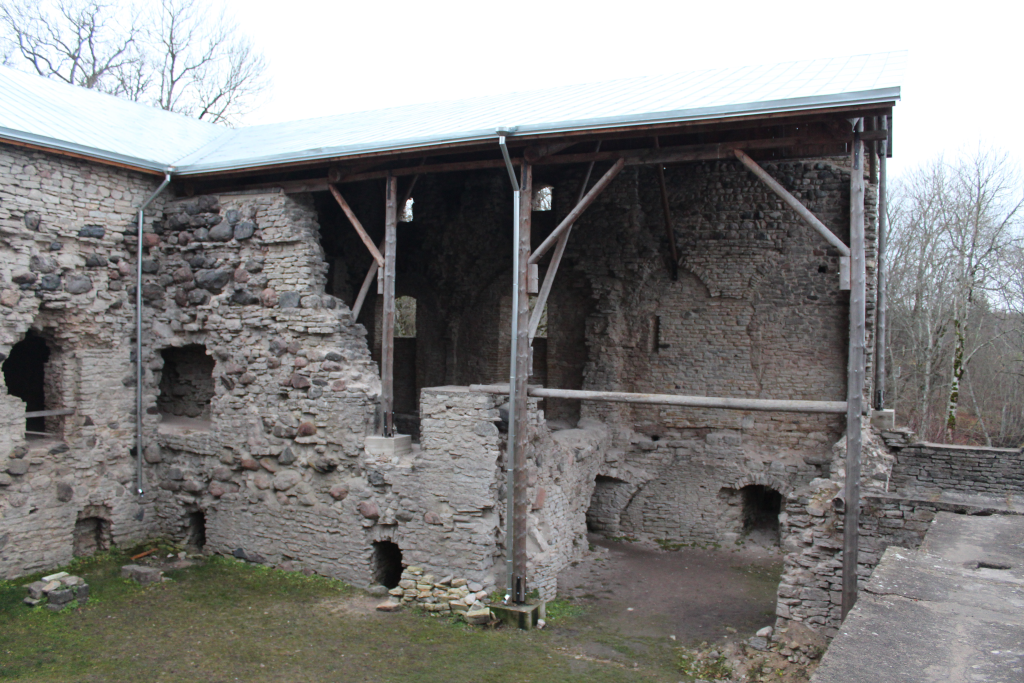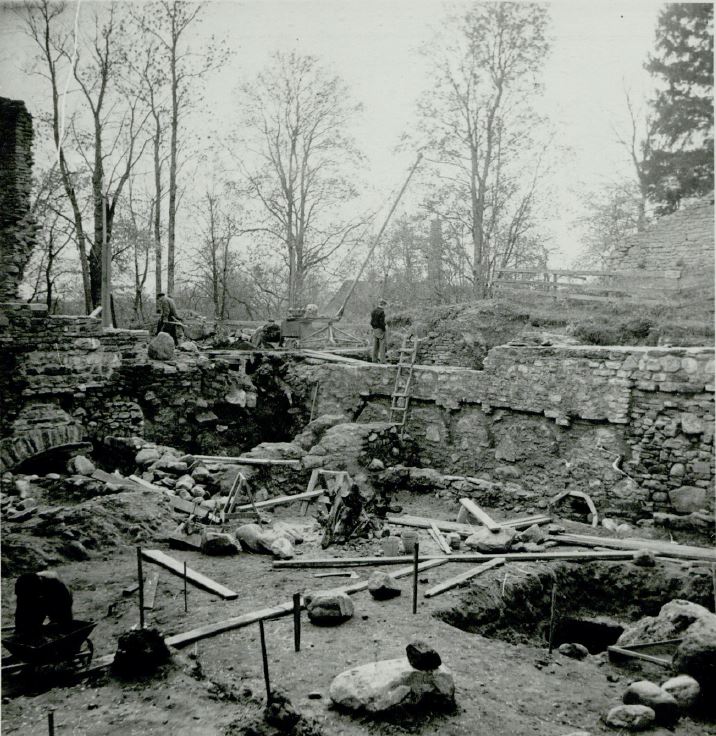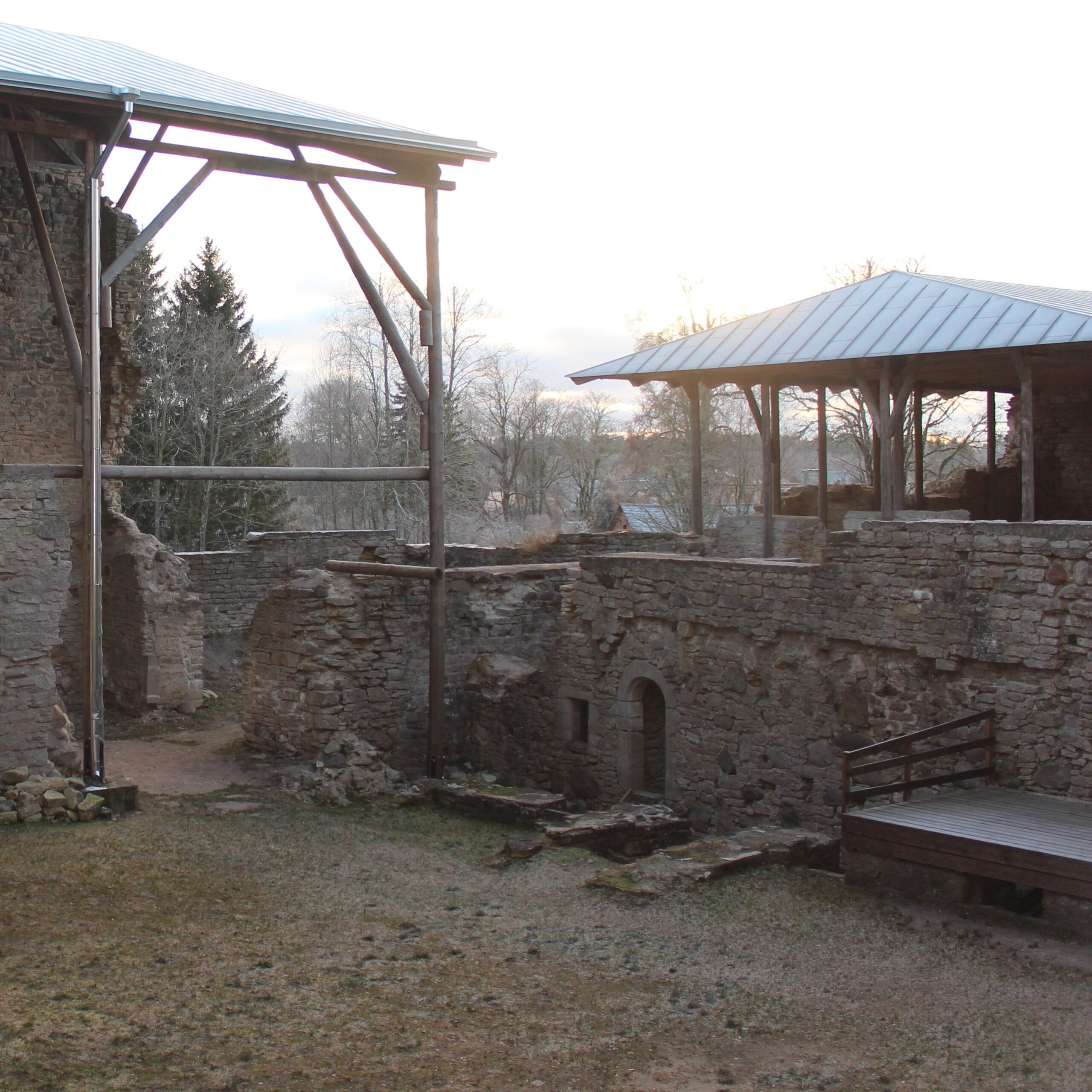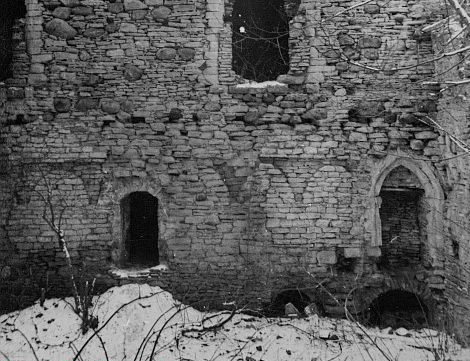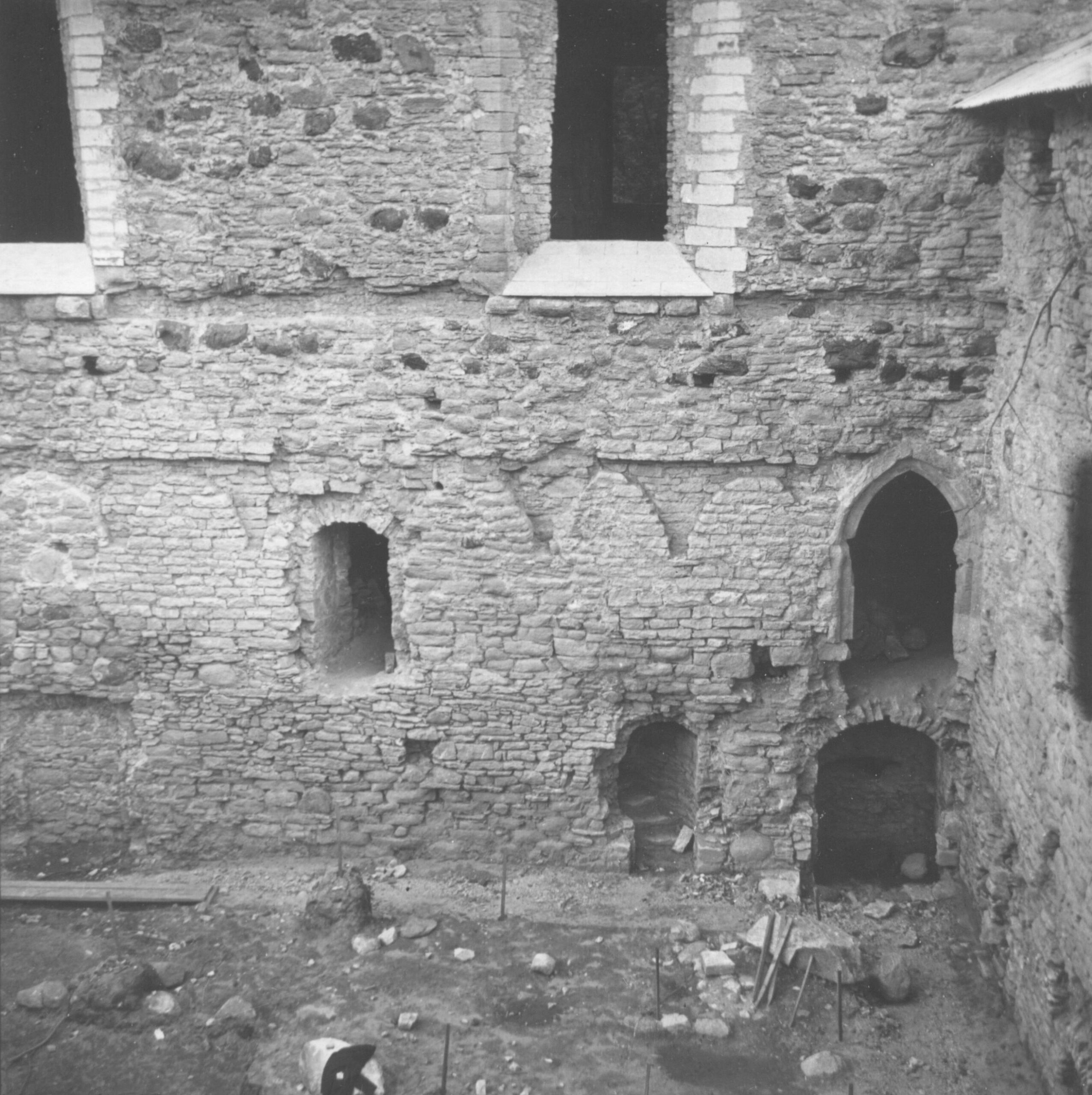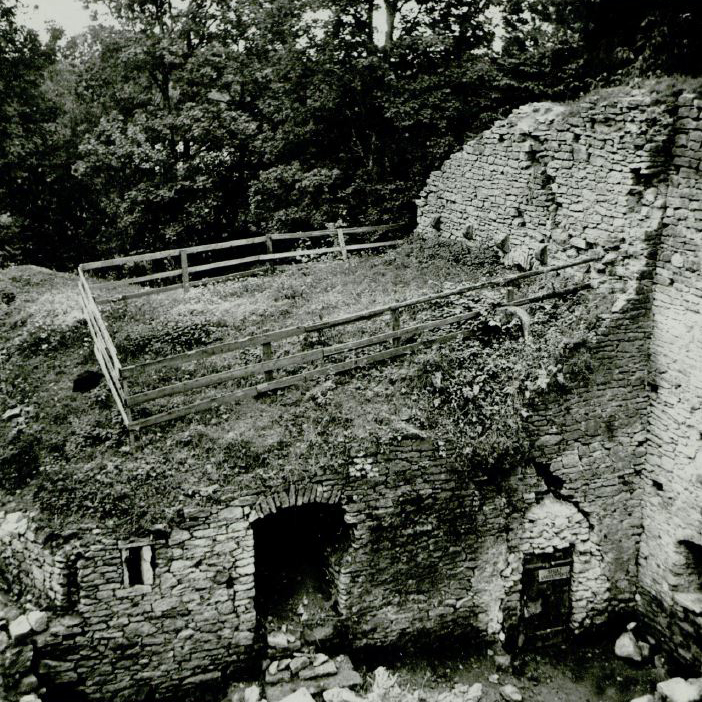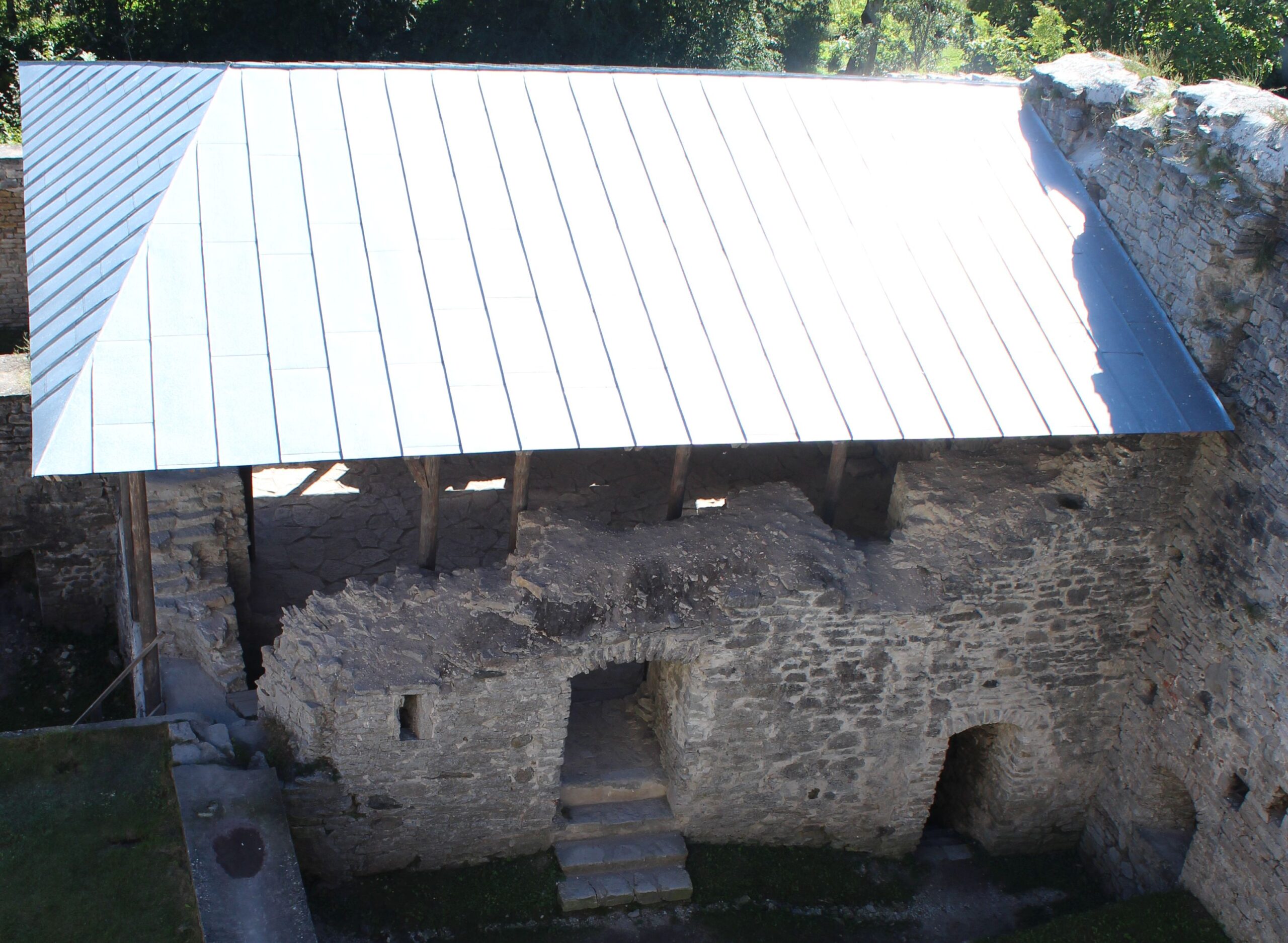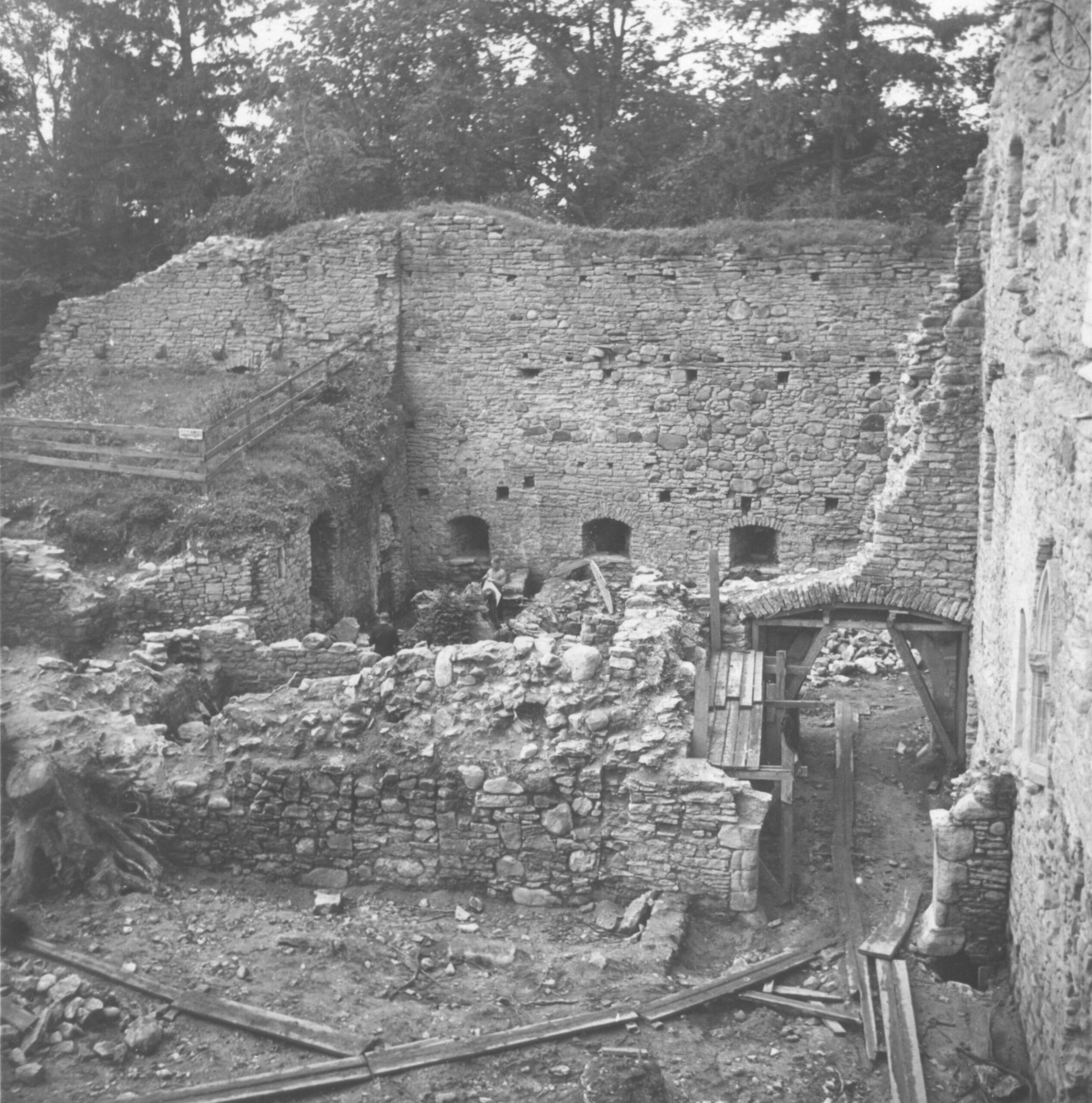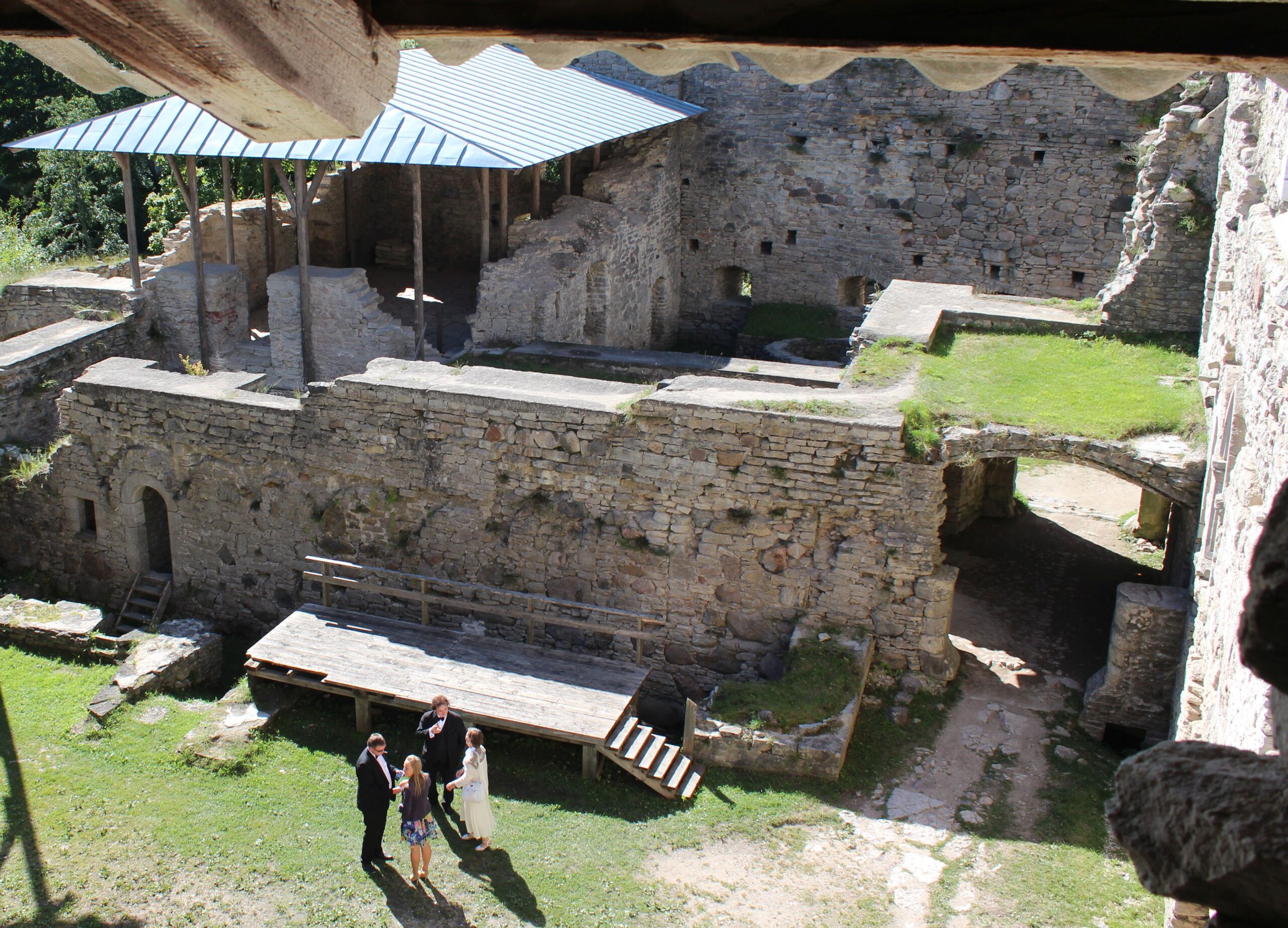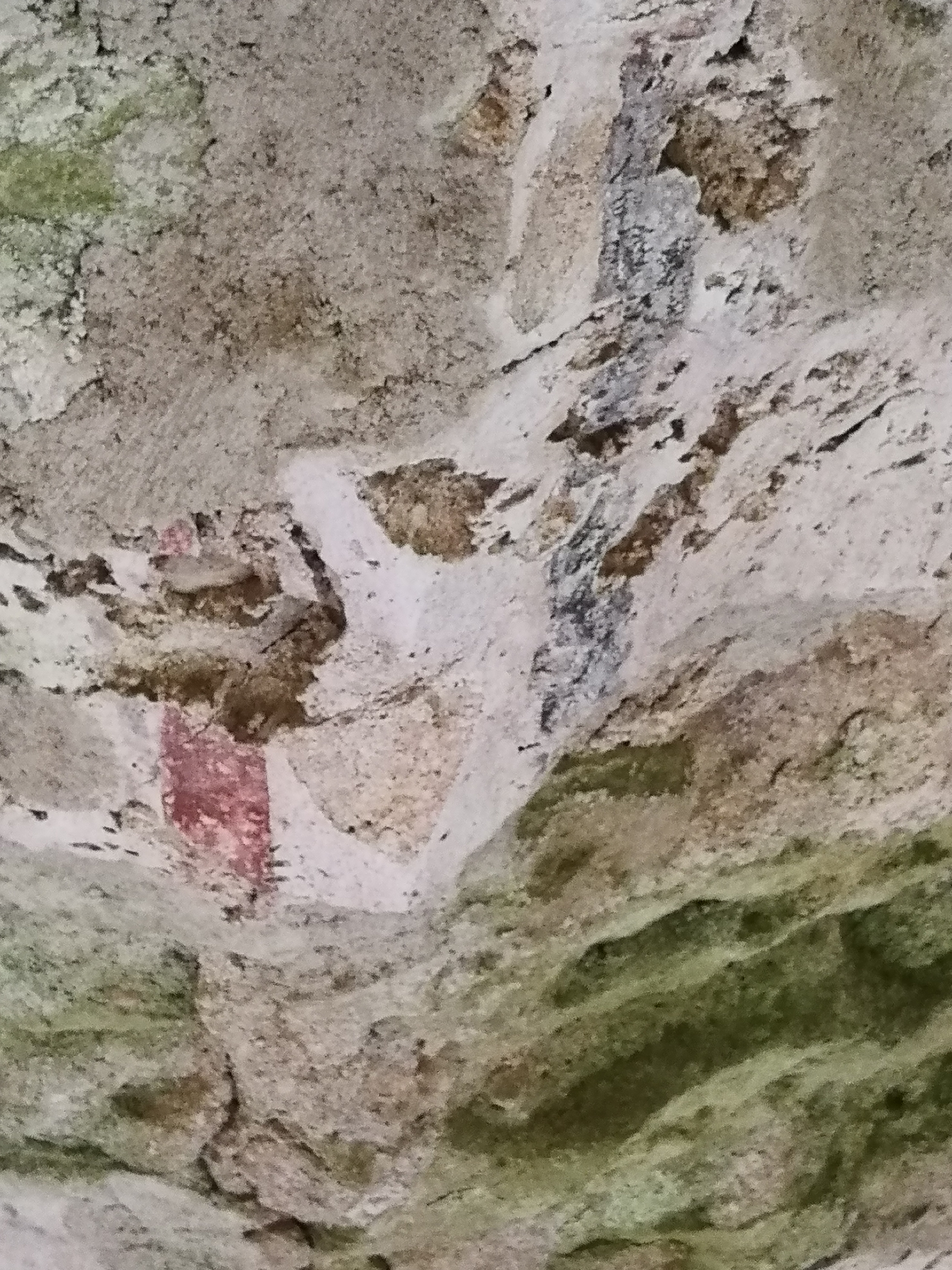
he work at the Padise monastic site was disrupted again in the 1980s and continued in the restored Republic of Estonia. First the evaluation of the effectiveness of previous conservation actions was needed. It must be said that the objectives set in the 1950s-60s were not entirely achieved. When we compare the past photos of conservation work with today’s condition it becomes clear that the decay has not been halted and in places the losses are very big. Often the details (the jambs and lintels of openings, etc), which may be more eloquent than a mass of masonry, have been destroyed.
There is no justification for a curved concrete slab capping and turf cover on topp of the walls, The same is true about the walls of the Pirita Convent or the Otepää castle ruins. The grass has been completely destroyed. The reason is that because of the lack of moisture in hot summers the thin layer of the earth dries up and along with it the grass. This capping would need regular maintenance (watering every day in summer!).
The use of reinforced concrete covers was not the best solution, either. They did not have waterproofing and the iron reinforcements have begun to rust, so the concrete slab covering the gateway is already failing. But the main problem is not the rusting of reinforced concrete, it would be easy to replace it. A more serious problem is that the soluble salts contained in the concrete have extensively and irreversibly damaged the original stone arch of Vasalemma marble over the gate.The cover over the western range has not proved a reasonabe choice, either. Its task was to protect the hypocaust furnace, but despite it the furnace has almost been destroyed.
After the restoration of the Republic of Estonia the first major task at Padise was the reinforcment of the vault on the lower floor of the tower in the western courtyard (engineer Heino Uuetalu). The next steps were aimed at protecting the surviving walls as simply and as effectively as possible; as was said above the measures that had been taken during the previous fifty years or so were not as effective as had been expected. For this reason the protective canopies on wooden poles have been built over some sections of the ruins. Thus the restorers have tried to avoid imitations in order not to create false illusions. At the same time an important guiding principle of modern restoration has been observed: if possible use processes that are reversible. The additions (including the structural details) can be removed with minimal damage and replaced using some other solutions.
From 2010 to 2012 an International project was carried out together with the Vantaa City Museum to plan further conservation of the Padise Monastery, in which not only archaeologists but also students and researchers from the universities of Tallinn, Tartu, Helsinki and Turku participated.
During the conservation work carried out in the monastic complex in 2018–2019 archaeological monitoring was employed. During the monitoring empty stone funeral boxes were found and a probable site of an altar in the church floor was discovered. Plaster fragments with blue and red paint stripes were discovered in the church ceiling, stripes of paint were visible on the transverse arches as well. In the floor of the crypt a burial was found.


